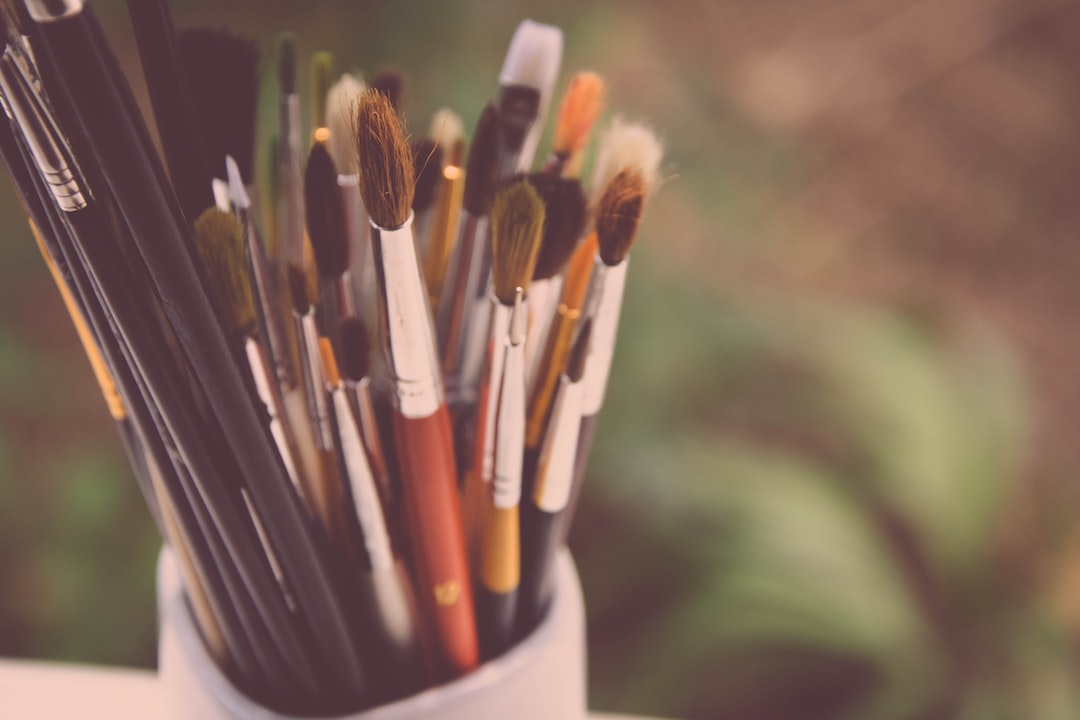Breaking Boundaries: Gender and Identity in Contemporary Art
Art has always been a powerful tool for challenging norms and breaking boundaries, and nowhere is this more apparent than in the realm of gender and identity. Contemporary art has become a battleground for artists to explore and celebrate the complexities of gender, pushing the boundaries of traditional notions and opening up dialogues about diversity and inclusivity.
One of the foremost artists in this movement is Cindy Sherman, known for her transformative self-portraits that question societal expectations of gender roles and female identity. Through her various series such as “Untitled Film Stills” and “History Portraits,” Sherman not only challenges the male gaze but also subverts stereotypes by portraying herself as various archetypes from film, art, and popular culture. By donning masks and assuming different identities, she confronts the viewer with the fluidity and constructed nature of gender.
Another artist who has made a significant impact in this field is Tracey Emin. Emin gained international recognition for her works that explore themes of sexuality, vulnerability, and personal trauma. In her pieces such as “My Bed” and “Everyone I Have Ever Slept With 1963–1995,” she invites the viewer into her intimate world, challenging the boundaries between public and private, as well as traditional definitions of femininity and sexuality. Emin’s art confronts societal expectations and embraces the rawness and authenticity of personal experiences.
The transgender community has also found representation in contemporary art, with artists such as Wolfgang Tillmans creating powerful works that challenge cisgender norms. Tillmans’ photographic series, “Concorde Grid,” captures a diverse range of individuals, including transgender models, challenging the viewer’s perception of gender and the traditional binary division. By presenting transgender individuals as beautiful and confident subjects, Tillmans challenges the stigma and discrimination they face in society.
Performance art has also played a pivotal role in exploring gender and identity. One notable artist in this genre is Marina Abramović, whose piece “Rhythm 0” pushed the boundaries of human behavior and identity. In this performance, Abramović posed motionless, allowing audience members to interact with her using a range of objects that could either bring pleasure or inflict harm. Through this piece, she explored the power dynamics between the observer and the observed, questioning societal expectations of identity and agency.
Contemporary art has not only provided a platform for artists to challenge conventional notions of gender and identity but has also facilitated a broader conversation on inclusivity and representation. The Guerrilla Girls, a feminist activist art collective, have been at the forefront of this movement. Through their provocative works and anonymity, the group draws attention to the underrepresentation of women and people of color in the art world. By challenging institutionalized discrimination, the Guerrilla Girls have inspired a new generation of artists to break free from societal constraints and fight for equal representation.
In conclusion, contemporary art has become a powerful medium for artists to challenge and redefine gender and identity. From the transformative self-portraits of Cindy Sherman to the raw vulnerability of Tracey Emin’s works, artists are actively breaking boundaries and opening up dialogues about the complexities of gender. By showcasing a diverse range of identities and experiences, contemporary art paves the way for inclusivity, diversity, and a more holistic understanding of the human experience.

